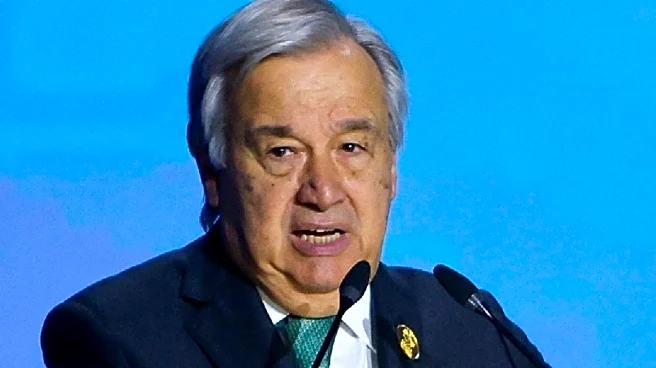UPS Layoffs: Atlanta-based logistics giant UPS announced on Tuesday that it has eliminated 48,000 jobs since last year as part of a sweeping restructuring aimed at improving profitability and restoring
investor confidence.
The company, which employed nearly 500,000 people at the start of 2024, said it cut 34,000 driver and warehouse positions this year, after having reduced 14,000 management roles in 2024.
The announcement coincided with better-than-expected third-quarter results, sending UPS shares up over 7% in afternoon trading. “We are executing the most significant strategic shift in our company’s history,” said Carol Tomé, UPS CEO, adding that the changes are meant to deliver “long-term value for all stakeholders.”
Why the massive cuts?
UPS has faced pressure from investors as its shares have lagged behind the broader market. The company is undertaking a large-scale efficiency overhaul, exiting unprofitable segments — including scaling back its delivery partnership with Amazon.
Deliveries for Amazon fell 21% year-on-year in Q3, though U.S. revenue per package rose 10% as the company focused on higher-margin business.
Financial performance
Despite the layoffs, net income fell to $1.3 billion in the third quarter from $1.5 billion a year earlier, while revenue slipped to $21.4 billion from $22.2 billion.
Still, adjusted earnings per share of $1.74 topped analyst estimates, driving a positive market response.
UPS shares remain down nearly 25% year-to-date, compared to a 17% rise in the S&P 500, despite Tuesday’s rally.
Tariffs and trade headwinds
UPS’s international business has been dented by new tariffs introduced under President Trump’s administration earlier this year. Parcel volumes from China to the U.S. dropped nearly 30% in Q3, after the closure of the “de minimis” loophole in May, which had previously allowed duty-free imports under $800.
Labour pushback
The Teamsters union, which represents many UPS workers, has warned it will resist layoffs that breach labour agreements. Tomé maintained the company’s compliance, saying UPS “was acting within the terms of our contract.”
What lies ahead
Analysts say UPS’s turnaround will depend on balancing cost discipline with service reliability as the company adapts to slower e-commerce growth and shifting global trade patterns.
The move marks UPS’s largest restructuring in its 117-year history, signalling a pivotal moment for both the company and its workforce.


/images/ppid_59c68470-image-17617000663814947.webp)


/images/ppid_59c68470-image-176163263911483108.webp)
/images/ppid_59c68470-image-176154252996888325.webp)
/images/ppid_59c68470-image-176161507367063418.webp)
/images/ppid_a911dc6a-image-176159202305844703.webp)



/images/ppid_59c68470-image-17617051426707169.webp)
/images/ppid_59c68470-image-176152756255755194.webp)